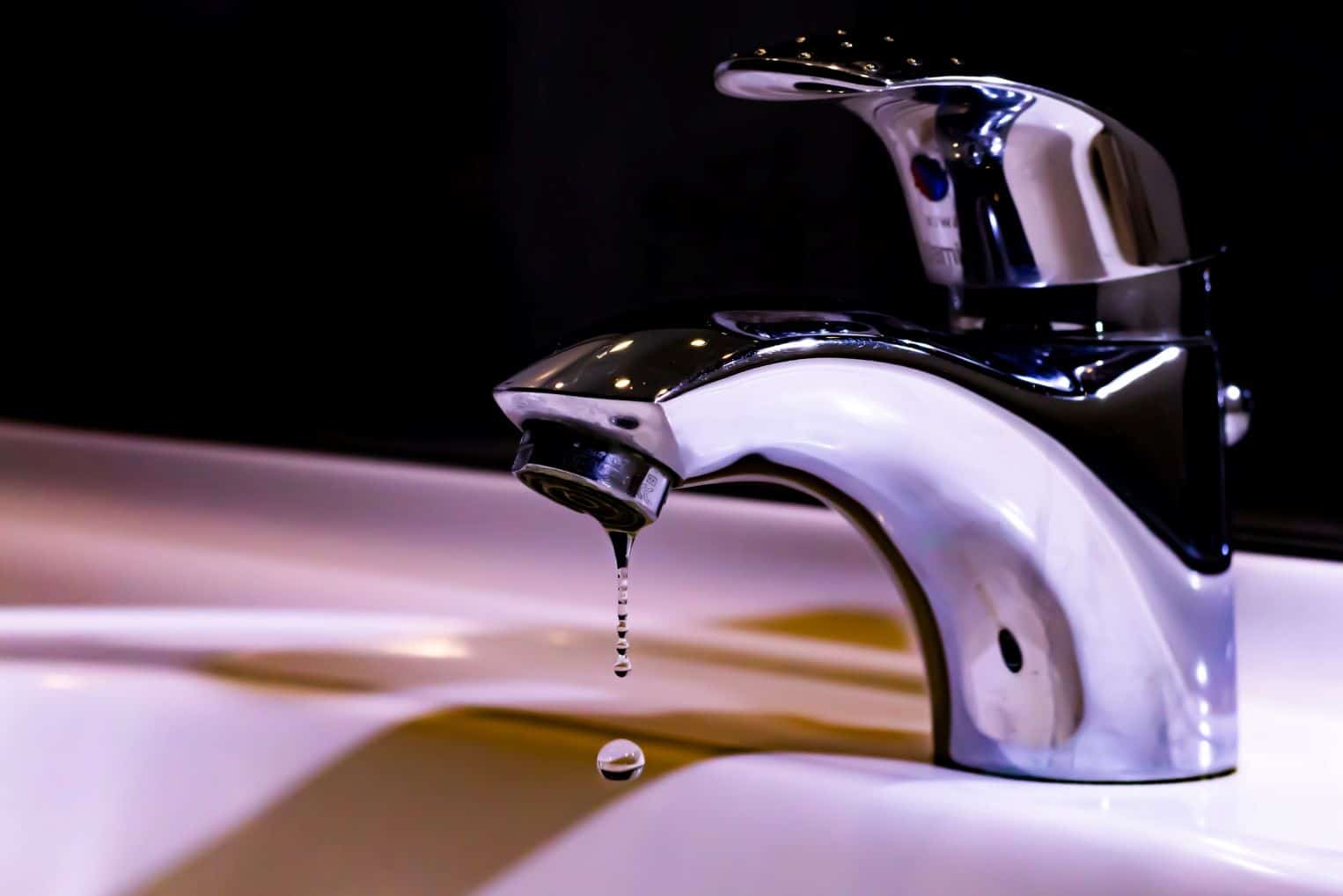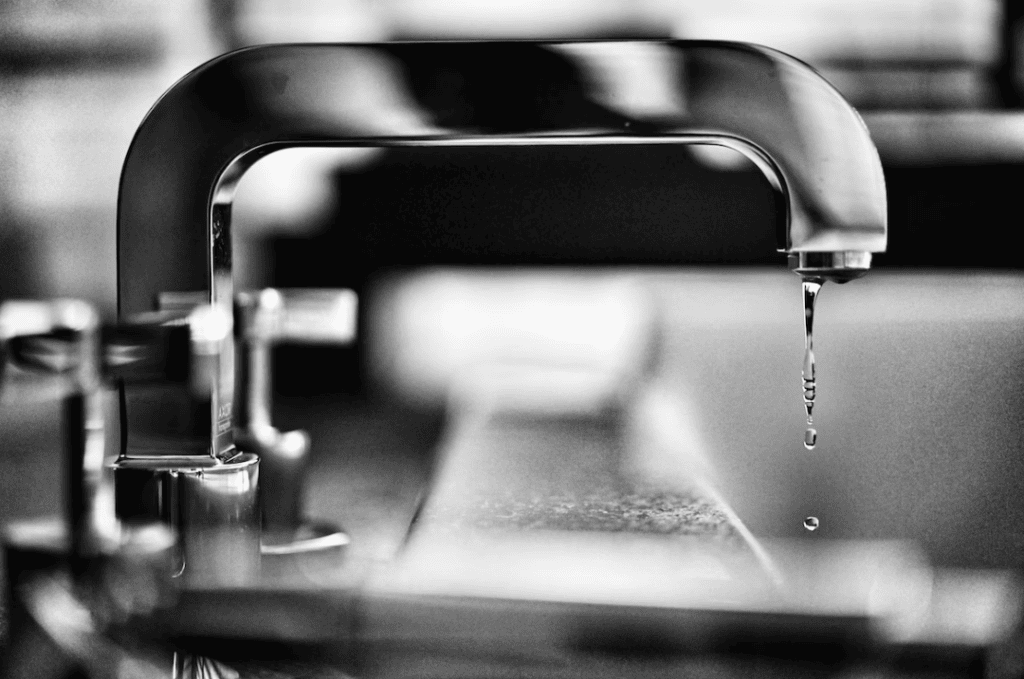This article underneath on the subject of How to Fix a Leaky Faucet is amazingly intriguing. You should check this stuff out.

Intro
A leaking tap might feel like a minor aggravation, but its consequences prolong much past the periodic drip. Recognizing the results of a leaky tap is crucial for both house owners and the setting. In this short article, we'll check out the various impacts of this usual family issue and why addressing it quickly is necessary.
Causes of Leaky Faucets
Leaky faucets can result from a variety of elements, including deterioration, high water pressure, and corrosion. In time, the constant use of taps can bring about damaged seals and gaskets, causing leakages to create. In addition, extreme water pressure can place pressure on plumbing fixtures, leading to leakages. Rust and rust can additionally deteriorate faucet components, making them vulnerable to leakage.
Water Wastefulness
One of the most substantial repercussions of a leaky faucet is water wastage. Even a tiny drip can add up to gallons of drainage in time. This not just drives up water expenses yet also adds to water deficiency and environmental deterioration. Resolving leaking taps promptly is important for preserving this precious resource and reducing its influence on the earth.
Financial Influence
In addition to wasting water, leaky faucets can also have a significant financial impact. Raised water bills are a straight repercussion of water wastage, setting you back house owners numerous bucks every year. Furthermore, the price of fixing water damage triggered by leaks can be significant, especially if left neglected for an extended duration.
Environmental Effect
The ecological impact of dripping faucets expands beyond water waste. By preserving water, property owners can add to more comprehensive efforts to alleviate water deficiency and safeguard natural ecosystems. Sustainable alternatives such as rain harvesting and water-efficient fixtures can better lower the ecological footprint of family water usage.
Technical Solutions
Innovations in innovation have led to the advancement of clever faucets and water-saving devices that aid minimize water waste. Smart faucets use sensors to find movement and change water flow accordingly, minimizing waste without compromising convenience. Water-saving tools such as aerators and low-flow showerheads are also effective in saving water without compromising efficiency.
International Viewpoints
While leaking taps may feel like a localized concern, they add to wider worldwide difficulties such as water shortage and climate change. In areas currently dealing with water tension, every drop counts, making leakage prevention and repair work important. By taking on water-saving methods and investing in lasting innovations, homeowners can play their component in attending to these pressing worldwide issues.
Regulative Measures
Federal government policies play a crucial function in minimizing the effect of dripping taps and promoting water preservation. From constructing codes that require water-efficient components to water-saving incentives and refunds, policymakers have a series of devices at their disposal. By implementing and imposing these guidelines, federal governments can ensure that property owners prioritize water conservation in their every day lives.
Neighborhood Effect
Attending to leaky taps calls for collective efforts at the area degree. By raising recognition regarding the significance of water preservation and supplying resources for leakage detection and fixing, regional authorities can empower home owners to take action. Campaigns such as water-saving rebate programs and leakage detection projects can incentivize behavior modification and advertise responsible water use.
Case Researches
Real-life examples of the effect of dripping faucets highlight the relevance of proactive maintenance and prompt repairs. From water damage to escalating water costs, the consequences of disregarding leakages can be severe. By sharing these case studies, house owners can much better recognize the value of addressing leaky taps immediately.
Educational Campaigns
Educational projects play a critical duty in elevating recognition concerning the results of leaking faucets and promoting water conservation practices. Via workshops, workshops, and on-line sources, property owners can learn how to detect and fix leakages themselves. By empowering people with expertise and tools, educational campaigns can cultivate a culture of responsible water use within neighborhoods.
Health and wellness Issues
Leaky taps can produce favorable atmospheres for mold and mildew and mildew growth, positioning health and wellness risks to residents. The presence of mold and mildew can aggravate respiratory problems and allergies, specifically in prone individuals. In addition, water damages arising from leaks can compromise the architectural integrity of structures and result in costly repairs.
Do it yourself vs. Expert Repair
When faced with a leaky tap, homeowners usually debate whether to attempt repairs themselves or work with a professional plumber. While DIY repairs can save money, they might not constantly attend to the underlying problem effectively. Specialist plumbing professionals have the competence and equipment to identify and deal with leaks properly, ensuring long-lasting remedies and peace of mind for house owners.
Safety nets
Preventing leaking faucets needs normal upkeep and proactive measures. Easy tasks such as replacing worn-out washing machines and seals can stop leakages from creating. In addition, updating to top quality fixtures and decreasing water pressure can help lengthen the life-span of taps and lessen the danger of leaks.
Verdict
Finally, the impacts of a leaking faucet expand far beyond the periodic drip. From water waste and increased water costs to health worries and environmental influence, the repercussions of ignoring leakages can be significant. By resolving leaky taps quickly and taking on water-saving practices, house owners can mitigate these impacts and add to a more sustainable future.
Why You Shouldn’t Ignore a Leaky Faucet in Your Home
What Causes a Leaky Faucet?
Various factors can cause a leak, from loose and worn-out parts to corrosion. Your faucet has four essential components from which most plumbing issues will stem: the O-ring, the valve seat, the washer and the gasket.
What Is an O-Ring?
The O-ring is a stem screw that fastens parts of the faucet in place, preventing water from leaking out of the spout. Depending on your faucet type, the stem might have multiple O-rings. Water will drip from the faucet’s handles and base if this part breaks or deteriorates.
What Is a Valve Seat?
The valve seat controls the flow and temperature of the water. Found at the base of the handle, it works as a seal for the faucet’s stem. The valve seat ensures the water is allowed to flow or is blocked as the handles dictate. You’ll know it’s malfunctioning when water leaks from your faucet’s sides.
What Is a Gasket?
The gasket is found between the water inlet and the valve stem. It creates a seal between the faucet and the sink, holding its joints by aerators attached to the stem’s head. Water will trickle out from the base if the gasket isn’t working.
What Is a Washer?
The washer secures the handles and prevents leakage, serving a similar purpose to the O-ring. While the O-ring is ordinarily round and made from an elastic material, such as rubber, the washer is square-shaped and composed of brass, copper and other hard metals. If it malfunctions, corrodes or has been improperly installed, water will leak out of the handles, causing that incessant faucet drip.
Why Is a Leaky Faucet Dangerous?
A leaky faucet left alone for too long can have significant consequences.
Pest Infestations
Since bugs and rodents gravitate towards the scent of water, a leaky faucet will draw pests to your sink. Both are looking for leaks accessible through crawl spaces, which a faucet provides. If you leave water dripping for too long, you run the risk of an infestation.
Rust
If one of the faucet parts has started to corrode, the resulting rust can spread to your pipes and valves with startling speed. The rust might even lead to cracks or other impairments, resulting in more severe plumbing issues.
Your sink could also sustain damage from a leaky faucet. The water in your tap possesses sparse elements of calcium and iron that can stain your sink with repeated and prolonged exposure. Once those elements in the water have been open to the air for some time, your sink will start to rust, creating marks that can be difficult to remove.
https://www.tomsmechanical.com/blog/why-you-shouldnt-ignore-a-leaky-faucet-in-your-home

Do you like reading about How to Fix a Leaky Faucet? Create feedback directly below. We will be pleased to know your reactions about this page. We hope to see you back again soon. So long as you enjoyed reading our article if you please don't forget to share it. Thank you for going through it.